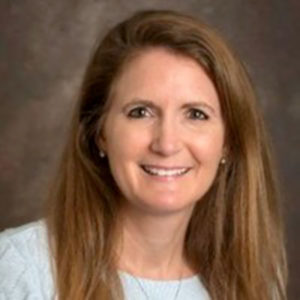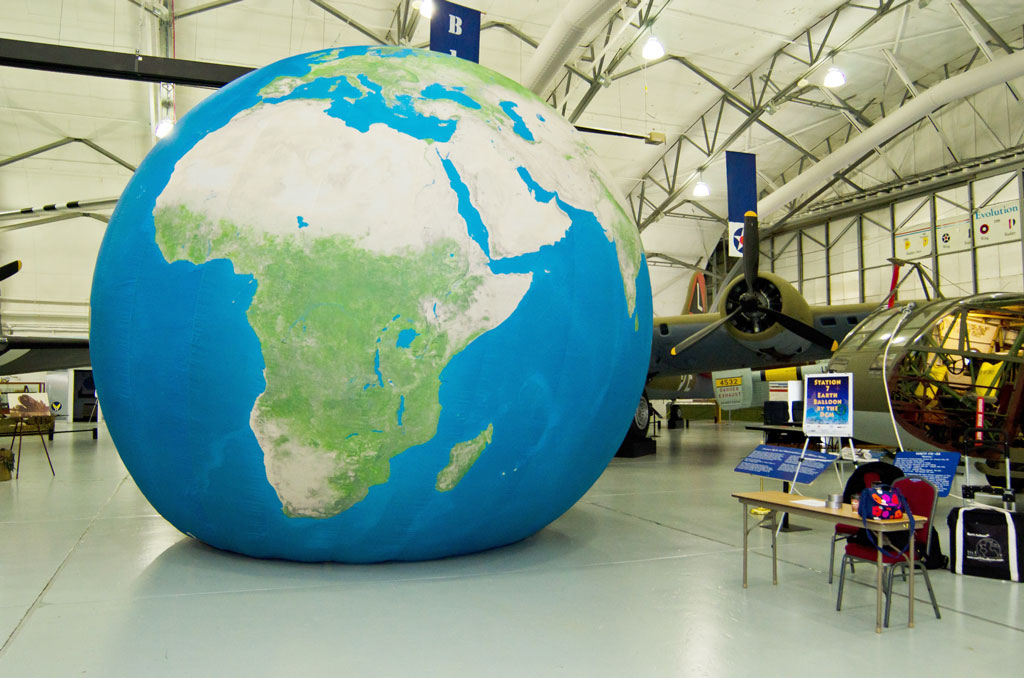Dick Randall, geographer, cartographer, and former executive secretary of the US Board on Geographic Names, passed away on March 14, 2015, at the age of 89.
Richard Rainier Randall was born on July 21, 1925, in Toledo, Ohio, into a family of surveyors and cartographers. His middle name came from his relative Admiral Peter Rainier, after whom Mount Rainier was named. Several decades later Richard found himself on the map too.
His father, Robert H. Randall Sr., initially worked as a surveyor with the US Geological Survey in Ohio. Then in 1917 he founded a geodetic and topographic surveying company and his contracts resulted in the first large-scale topographic maps of about 35 cities in the US that were to prove invaluable for local city-planning programs.
In 1936, Robert moved his family to Washington, DC, and joined the US National Resources Board as an adviser in natural resources and cartography. He was then appointed as Coordinator of Maps with the Bureau of the Budget, responsible for liaising with different federal agencies to coordinate cartographic programs and reduce the duplication of map and chart production. He was also instrumental in creating the American Congress of Surveying and Mapping in 1941, a national body for professional surveyors and mappers, and was its first president.
Robert’s career had a significant impact on his three sons. The eldest, Robert H. Randall Jr., received a degree in civil engineering and became an ensign with the US Coast and Geodetic Survey. He served on ships surveying US coastal and undersea areas to produce or revise maritime charts. He later joined the US Navy Hydrographic Office. The middle son, William E. Randall, also studied civil engineering then worked with the US Coast and Geodetic Survey from 1943 to 1974. He spent many years on survey ships in the Atlantic, Pacific and Caribbean, as well as doing aerial photogrammetric mapping in Alaska. The youngest son, Richard R. Randall, was to follow in a similar vein.
During the summer of 1943, 18-year old Richard was employed by the Alaska Branch of the US Geological Survey in Washington. Its mission was to work with aerial photographs and stereoscopic instruments to plot principal points as the basis for detailed topographic maps.
This was followed by a stint in the US Army, serving with the 94th Infantry Division in Europe during the Second World War. He was awarded the Combat Infantryman badge, the Bronze Star, and four Battle Stars.
After the war, Randall entered George Washington University and followed in his brothers’ footsteps to study civil engineering, but soon changed his major to geography. He received his bachelor’s degree in 1948 and master’s degree in 1949. After working for a year as a geographer with the Army Map Service, he entered Clark University Graduate School of Geography. His period of studies included a Fulbright Scholarship to Austria (1953-54) which shaped his doctoral thesis on The Political Geography of the Klagenfurt Plebiscite Area.
After gaining his PhD in 1955, Randall worked with the Central Intelligence Agency for the next six years, first specializing in editorial work in its Geography Division and later developing studies of Eastern European countries from a geographical perspective.
In 1961 he became the Washington representative for publishers Rand McNally and Company. He was responsible for collecting maps and related geographical data from federal and foreign sources to support the company’s extensive program of producing maps, atlases, globes, textbooks and other products.
One of Rand McNally’s flagship products was the Cosmopolitan World Atlas. In 1969 Randall developed the first series of maps showing the world’s oceans and water bodies for inclusion in the atlas. He secured the collaboration of William Menard, a leading academic expert in oceanography, to identify sea-bottom features, while he obtained photographs of deep-sea creatures and other features, and wrote descriptions of them.
After eleven years with Rand McNally, Randall moved back into government service. In 1973 he became the geographer of the Defense Mapping Agency (now the National Geospatial-Intelligence Agency) and the executive secretary of the US Board on Geographic Names (BGN).
The BGN is the arbiter of the nation’s nearly four million place names and of the federally-accepted version of the uncounted millions of foreign names, including the labels for topographic features on sea-beds and on extraterrestrial bodies. Its mandate extends from the smallest crossroads hamlet to the far side of distant planets, and its decisions affect legal, political, economic, academic, and military matters.
In these positions, Randall worked with representatives of many foreign countries and international bodies such as the United Nations.
His interest in oceanography continued while at the BGN. One of the programs that he administered related to naming undersea features. This required work with the United Nations Working Group on Undersea and Maritime Feature Names and the International Hydrographic Organization. He was active in formulating definitions of features being revealed by US sea-bottom surveys and establishing the conventions for naming them.
The latter period of his time at the BGN saw particularly dramatic boundary and mapping issues relating to the break-up of the Soviet Union, to which Randall made a significant contribution.
After 20 years at the helm of the BGN, Randall retired in 1993. A year later, the Advisory Committee on Antarctic Names named a 3,000-meter mountain in Antarctica as Mount Randall in recognition of his contributions to geographic nomenclature.
In retirement, he wrote a book entitled Place Names: How they Define the World – and More (Scarecrow Press, 2001). Drawing from his life’s experience, he explored how place names influence many aspects of people’s lives and shape the way people view the world around them. He demonstrated how place names have become essential elements of our everyday vocabulary, and are ingredients of music and literature. He explored the political importance of place names in military and diplomatic matters and described various disputed and controversial location names. There was also space in the book to share some of his work on the importance of identifying and naming undersea features.
Randall was a member of American Congress on Surveying and Mapping and established its first press relations program in 1966. He joined the Association of American Geographers in 1956, and was also a member of the American Geographical Society, the American Names Society, the Cosmos Club, and the Explorers Club.
During his retirement years in Washington, DC, Randall remained occupied with various professional and civic organizations. This included contributing to the AAG’s Careers in Geography program. He held his own career up as an example of how to be a practical geographer outside of academia and teaching.
In recognition of his contributions to geographic naming, Randall was inducted into the Hall of Fame of the NGA in 2008. Further honor came in 2009 when the BGN named a group of four seamounts located southeast of the Marshall Islands in the Pacific Ocean as the Randall Seamount Group after a father and his three sons who made such a distinguished contribution to surveying, cartography and geographical nomenclature.
Randall was fascinated by the world and the people in it. He relished meeting new people, learning about their lives, sharing his experience, and exchanging ideas.
He was also actively engaged in his local community, both the Cleveland Park neighborhood in Washington, DC, where he and his wife lived since 1966, and the West Virginia farmlands where they owned a family retreat. He absorbed all he could about history, points of interest, and local issues.
Dick leaves behind his wife of 52 years, Patricia; their children, Allison, Susan and Richard Rainier Jr.; and grandchildren Lily, Felix, Hazel, Kumari and Truman.
 GeoMentor Volunteer: Nicole Minni
GeoMentor Volunteer: Nicole Minni